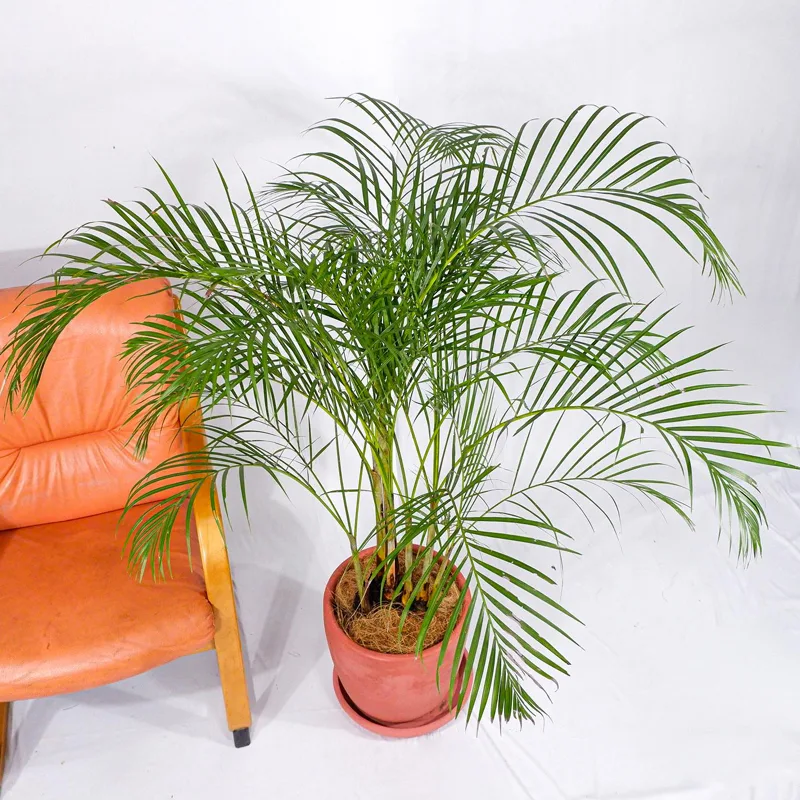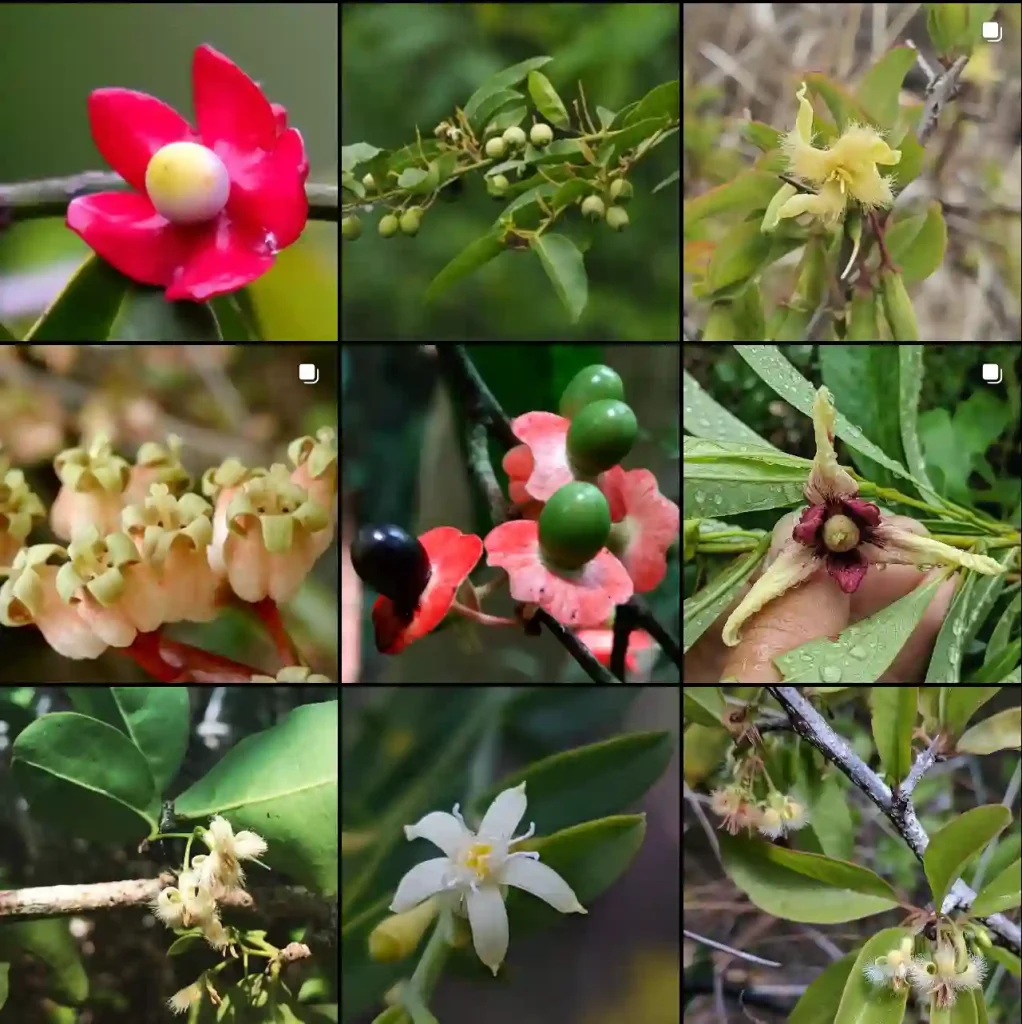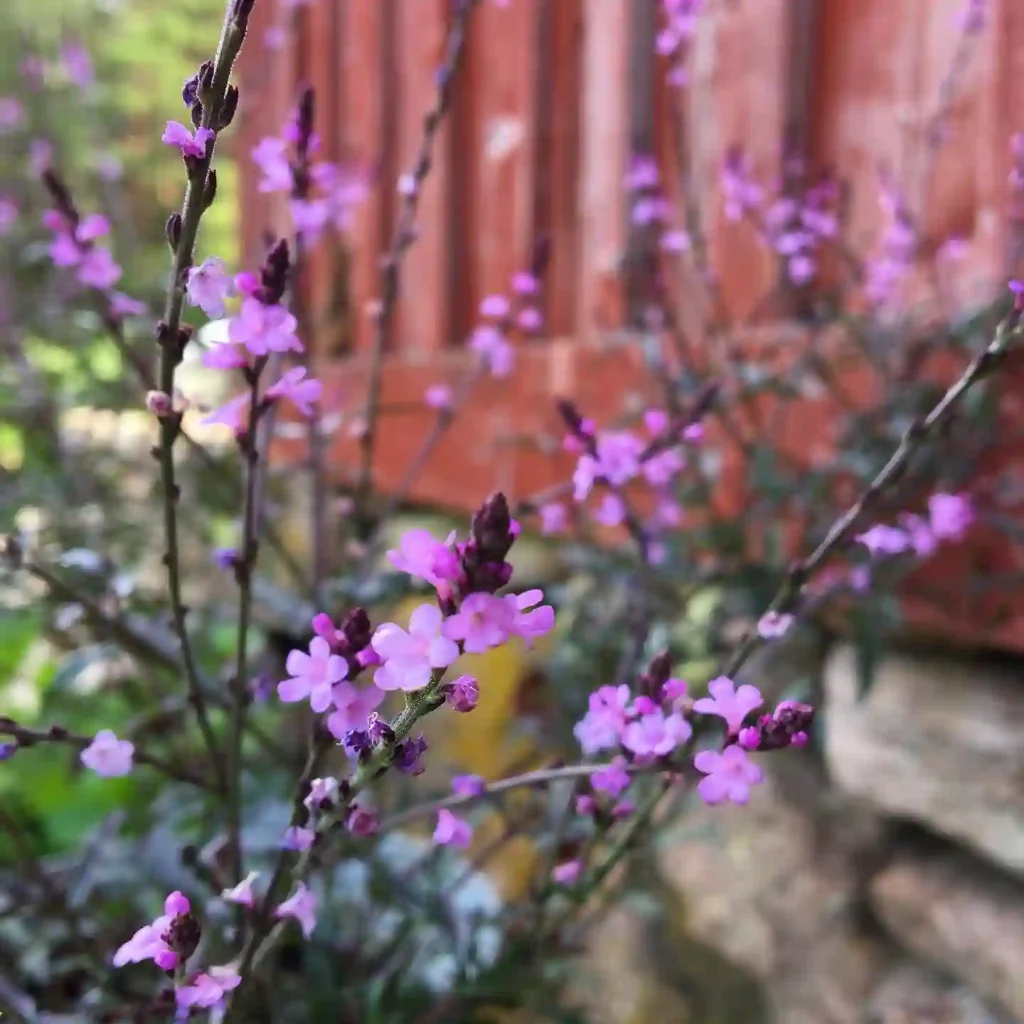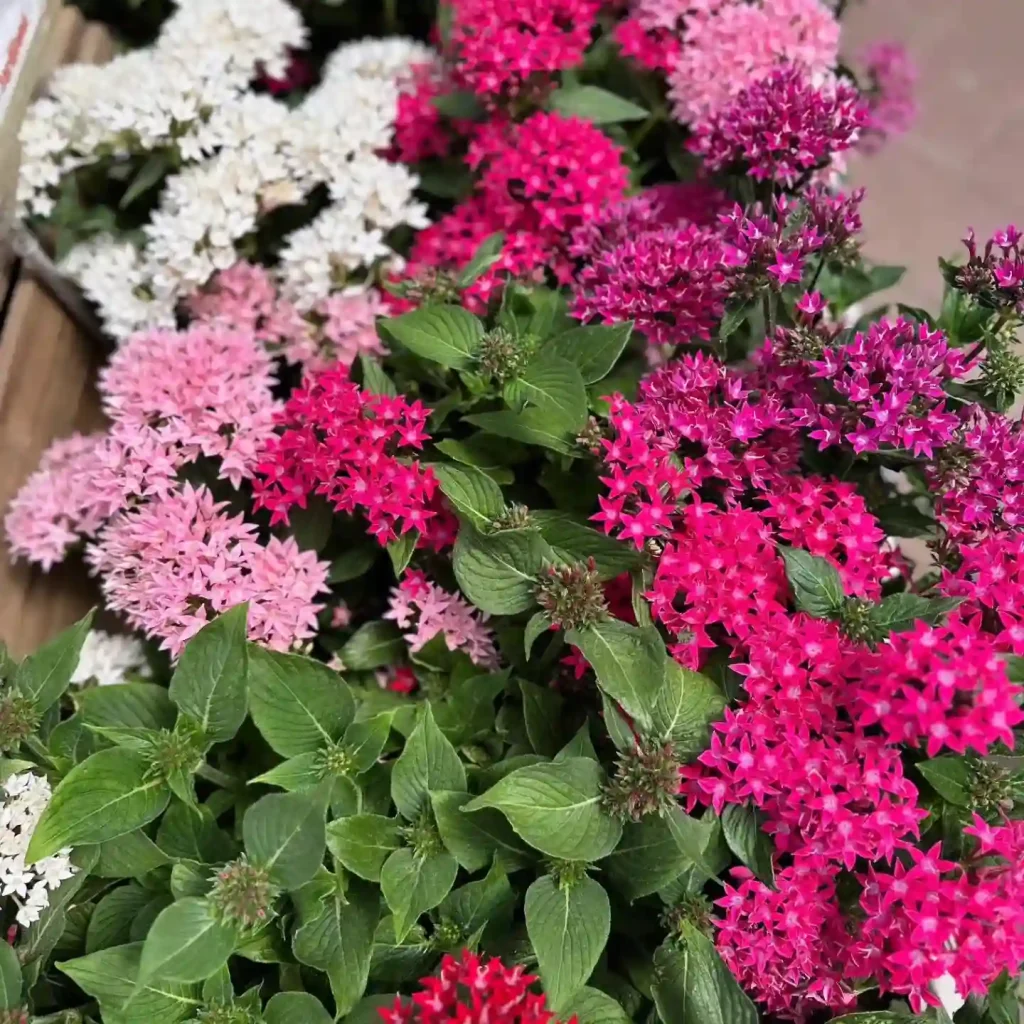FAQs About Tetragonia Expansa: A Comprehensive Guide
If you’re like me, you probably have a mix of excitement and curiosity when it comes to adding Tetragonia Expansa or Tetragonia Tetragonioides, commonly known as the New Zealand Spinach, to your garden or indoor plant collection. I’ve found it to be quite an interesting plant with a range of uses and benefits. Here’s a comprehensive guide based on my experiences and research to help answer some of the most common questions about this versatile plant.
What Is Tetragonia Expansa?
Tetragonia Expansa, also known as New Zealand Spinach, belong to the Aizoaceae family, is a perennial plant native to New Zealand and Australia. It’s not actually related to true spinach but has similar culinary uses. The plant features thick, succulent leaves that are typically green, though some varieties can have a reddish hue. It’s often grown for its edible foliage and is appreciated for its ability to thrive in hot and dry conditions.
Plant Family: 137 Genera in Aizoaceae
How to Care for Tetragonia Expansa?
Caring for Tetragonia Expansa is relatively straightforward. Here’s a breakdown of what I’ve learned:
- Sunlight: This plant prefers full sun. It thrives with at least 6 to 8 hours of direct sunlight per day. If growing indoors, place it in a south-facing window where it can get ample light.
- Soil: It’s not too picky about soil but performs best in well-draining soil. A sandy or loamy soil mix works well. Ensure good drainage to prevent root rot.
- Watering: Tetragonia Expansa is drought-tolerant once established. Water it when the top inch of soil feels dry. Avoid overwatering, as it can lead to root issues.
- Temperature: This plant enjoys warm temperatures. It’s hardy in USDA zones 9-11. Protect it from frost, as it can’t handle freezing temperatures.
How to Propagate Tetragonia Expansa?
Propagation of Tetragonia Expansa can be done either through seeds or cuttings:
- Seeds: Start seeds indoors 6-8 weeks before the last frost date. Sow them in a seed-starting mix and keep them warm. Transplant seedlings outdoors once they’re sturdy and after the risk of frost has passed.
- Cuttings: You can also propagate from stem cuttings. Take 4-6 inch cuttings from a healthy plant, remove the lower leaves, and dip the cut end in rooting hormone. Plant the cutting in a moist potting mix and keep it in a warm, bright location until roots develop.
What to Plant With Tetragonia Expansa?
Tetragonia Expansa pairs well with other heat-tolerant plants. In my garden, I’ve had success growing it alongside:
- Tomatoes: Both plants enjoy similar growing conditions, and the spinach can provide some ground cover.
- Peppers: Another heat-loving plant that complements the growing conditions of Tetragonia Expansa.
- Herbs: Basil and oregano can be great companions, benefiting from the similar light and soil needs.
Is Tetragonia Expansa Toxic?
Tetragonia Expansa is not considered toxic to humans or pets. It’s safe to handle and consume, though it’s always wise to ensure any plant you’re growing is free from pesticides or contaminants before eating.
Benefits of Tetragonia Expansa
The New Zealand Spinach offers several benefits:
- Nutritional Value: It’s rich in vitamins A and C, iron, and calcium. It’s a great addition to a healthy diet.
- Drought Tolerance: Its ability to withstand dry conditions makes it an excellent choice for low-water gardens.
- Versatility: The leaves can be used in salads, soups, and as a spinach substitute in various recipes.
Common Problems with Tetragonia Expansa
While Tetragonia Expansa is generally easy to grow, it’s not immune to problems:
- Pest Issues: Watch out for common pests like aphids or spider mites, especially if grown indoors.
- Overwatering: As mentioned, overwatering can lead to root rot. Ensure your soil has good drainage.
- Frost Damage: Protect the plant from frost to avoid damage. In colder climates, consider growing it in containers that can be moved indoors.
Compare with Similar Plants
If you’re considering Tetragonia Expansa, you might also look at similar plants:
- Spinach (Spinacia Oleracea): Unlike Tetragonia, true spinach prefers cooler temperatures and is more susceptible to bolting in heat.
- Amaranth (Amaranthus): Another leafy green, Amaranth is more tolerant of varying soil conditions but requires more water compared to Tetragonia.
- Kangkong (Ipomoea Aquatica): This aquatic plant offers similar culinary uses but grows in wet conditions, making it less suitable for dry climates.
In summary, Tetragonia Expansa is a hardy, versatile plant that can be a valuable addition to your garden or indoor space. With its easy care requirements and numerous benefits, it’s well worth considering for anyone looking to expand their plant collection or improve their garden’s productivity.
If i die, water my plants!



